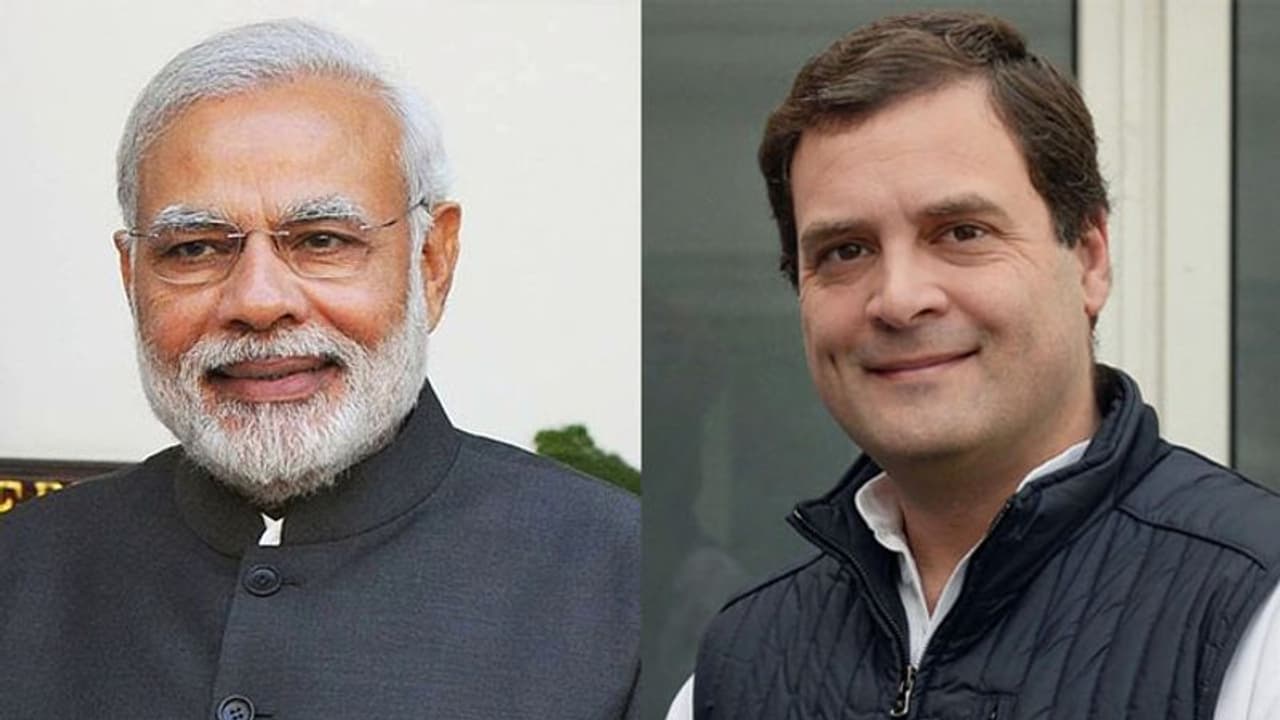Swing voters will once again play a crucial role in determining who forms the government in 2019. Political strategists of parties need to focus on this vote bank and devise strategies to bring them into party fold
By Amitabh Tiwari
The much-awaited polling dates for 2019 general election are expected to be announced soon. While Prime Minister Narendra Modi is hoping for a return to carry on his efforts to build a new India, the Congress and opposition are struggling to put a united mahagathbandhan (MGB) across the country. A nail-biting contest is on the cards.
The swing voter has assumed significance in elections across the world. Also called as floating voter, Cambridge dictionary defines swing voter as:
1. someone who has not yet decided who to vote for in an election
2. someone who does not always vote for the same political party and who might be persuaded to vote for one of several parties in an election
How many swing voters are there in India? Well it’s not an easy calculation. In this article I will attempt to arrive at an estimate of swing voters in India through three methods, as they will be playing a crucial role in determining who will win the general election this year.
1. Dedicated vote shares of the Congress, BJP and regional parties
The general election in 1989 is considered as the starting point of coalition era in India. In the last three decades we have seen coalition governments with regional parties playing a key role. Even in 2014, when the BJP attained simple majority on its own, it inducted ministers from various NDA partners while forming the government.
What is the dedicated vote share of any party?
It comprises of the voters who will vote for their party of choice, come what may, anchor or core vote bank. They are generally attracted by the ideology of the political parties:
- Hindutava/Ram temple/nationalism (BJP)
- Secularism/centrist ideology/Gandhi family legacy (Congress) or
- Regionalism (regional parties)
The dedicated vote share for the BJP, Congress and regional parties combined is the minimum vote share recorded by these parties from 1989 to 2014. The minimum vote share of the BJP during this period is 18.8% during 2009 elections. 1989 is excluded from the BJP’s analysis as the party had just been formed then. The minimum vote share of the Congress during this period is 19.5% in 2014. This takes the combined core vote of two main players at 38%. They are likely to hold onto this vote share even in 2019. The regional parties’ minimum vote share is at 43.5% during 1991, taking the aggregate core voter base to 82%. Through this method we arrive at a swing/floating voter base of 18%. This is huge. This vote base has been alternately backing the Congress, the BJP or the regional parties over the years, and may hold the keys to government formation in 2019. In absolute terms this number is likely to be 11-12 crores in 2019.
Core voters and swing voters

2. Historical performance and minimum vote shares
While dishing out information for this piece, I came across an interesting analysis. The average vote share of national parties BJP and Congress combined from 1989-2014 is 51% while that of all regional parties combined (including independents, smaller parties) is 49%. So, the votes between national parties and regional parties is split almost equally. This also holds true for the period 1952-2014, essentially during our entire electoral history. The BJP’s parent Jan Sangh has been included for analysis for the earlier years.
The vote share of the regional parties is fixed at 49% on an average. They are likely to hold onto this number in 2019 as well. The SP-BSP alliance may not improve vote shares but is likely to have an impact on seats. The combined minimum vote share of the BJP and Congress during 1989-2014 has been 38% as analysed above. This means that the swing/floating voter number could be 13% (100%-49%-38%). These 13% swing voters could split between the Congress and BJP and determine who will win in 2019.
Vote shares of national parties and regional parties

Source: www.politicalbaba.com, www.indiavotes.com
3. Actual swing based on historical performance
Analysing the gain or loss of vote share of parties from 1989-2014 throws interesting results and gives an impression of the actual swing.
- For the Congress the swing has been in the range of -9.1% to +2.5%. For the BJP in the range of -3.4% to +12.5%. For regional parties combined in the range of -5.6% to +7.4%.
- The highest gain for any political party in this period has been for the BJP, 12.5% in 2014 and the sharpest fall for Congress, 9.1% in the same year.
- Regional parties have held onto their vote base, as concluded above in method number 2, the average swing is just 0.6%. The average swing in favour of BJP has been 3%, accruing all from Congress, which witnessed a swing against the party of 3.6%.
Gain/loss of vote share of parties vs previous elections

To sum up, swing voters will once again play a crucial role in determining who forms the government in 2019. Political strategists of parties need to focus on this vote bank and devise strategies to bring them into party fold.
(Amitabh Tiwari is a political consultant, strategist and commentator advising political parties and leaders. He is a former corporate and investment banker and tweets @politicalbaaba)
